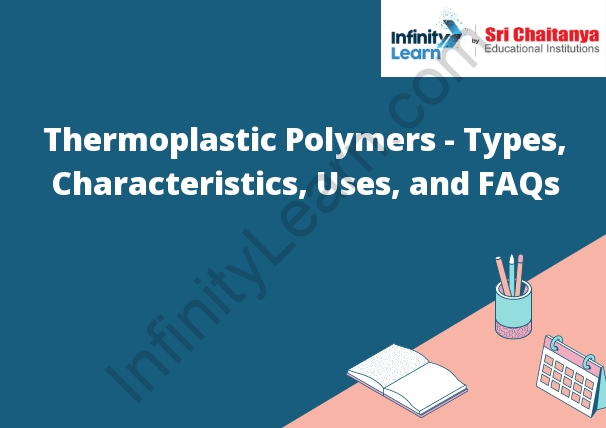Table of Contents
All You Need to Know About Thermoplastics
Thermoplastics are a type of plastic that can be heated and molded into different shapes. They are made of molecules that can move around, which allows them to be reshaped. Thermoplastics can be melted and reformed multiple times, making them a versatile material. Some common thermoplastics include polyethylene, polypropylene, and polystyrene. Thermoplastic Polymers – Types Characteristics Uses and FAQs.

Characteristics of Thermoplastic
Thermoplastics are plastics that become soft and moldable when heated and then harden again when cooled. They are typically made from petrochemicals, and are therefore not biodegradable. Thermoplastics are typically less expensive than thermoset plastics, and are more commonly used in consumer products.
Thermoplastic Examples
Thermoplastics are a type of plastic that can be repeatedly softened by the application of heat and then hardened again by cooling. Some thermoplastics can also be melted and shaped by injection molding, extrusion, or other methods. Examples of thermoplastics include polyethylene, polypropylene, polystyrene, and PVC.
Effect of Additives on the Properties of Polypropylene Thermoplastic Polymer
Additives are typically used in polypropylene to improve its properties. For example, fillers such as calcium carbonate can be used to improve the stiffness and impact resistance of the polymer. Dyes and pigments can be used to change the color of the polymer, and flame retardants can be used to improve its fire resistance. Antistatic agents can also be used to reduce the static electricity buildup in the polymer.
Difference Between Homo Polypropylene and Co Polypropylene
Homo polypropylene has a single propylene unit in the chain, while co polypropylene has two or more. This difference affects the properties of the plastics, with co polypropylene being stronger and more resistant to heat and chemicals.
Types of Polypropylene Films
There are three main types of polypropylene film: high-density polypropylene (HDPP), low-density polypropylene (LDPP), and linear low-density polypropylene (LLDPP).
HDPP is the most rigid and has the highest resistance to impact and penetration. It is also the most expensive.
LDPP is less rigid than HDPP and has a lower resistance to impact and penetration. It is also less expensive.
LLDPP is the most flexible of the three types and has the lowest resistance to impact and penetration. It is also the least expensive.
Polystyrene
This is a type of plastic that is used in a lot of food packaging. It is a hard, brittle plastic that can be broken into small pieces. Polystyrene is not biodegradable and it is not recyclable in most areas.
Thermoplastic Uses
Thermoplastic is used in a variety of products, including:
-Plastic bags
-Bottles
-Toys
-Carpet
-Flooring
-Pipes
-Siding
-Fencing
-Trash cans
-Doors
-Windows
Disadvantages of Some Thermoplastic Polymers are:
-Low impact resistance
-Low tensile strength
-Low tear resistance
-Low abrasion resistance
-Low chemical resistance
-Low heat resistance
-Low water resistance









